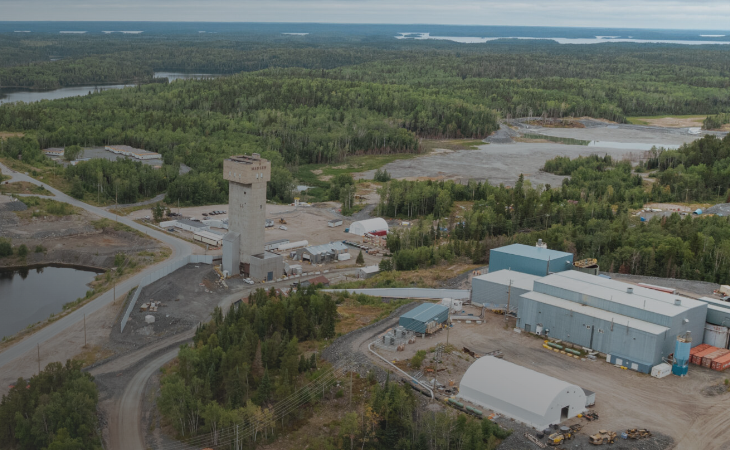In February this year the governments of Canada and Alberta announced their Joint Canada-Alberta Implementation Plan for Oil Sands Monitoring. The primary goal is to improve environmental monitoring in northern Alberta. The plan outlined strategies for water, air, land and biodiversity measurements.
When the plan is fully in place in 2015, the number of water monitoring sites will jump to 40 (from 21). Air monitoring sites will be 30 (21), biodiversity and wildlife contaminant sample sites will total 25 (3), and biodiversity monitoring sites will double to 70 (35). There will be more parameters sampled, samples will be taken more often, and monitoring methods will be improved. In the end an integrated, open data management program will have been created, and that database will be open to the public.
Six months on the partners are proud of their success. News releases from Environment Canada detail dozens of initiatives outlining the breadth and diligence applied to the program. Air, water and biodiversity: all are coming under increasing scrutiny.
But merely studying a situation does not fix it.
Canada has fallen under severe criticism for the “dirty” nature of the synthetic crude industry. Opponents point to the huge amounts of land eaten up in oil sands mining operations, airborne emissions that dirty the sky, and water- and land borne pollutants that affect not only the wildlife of the region but the human inhabitants, too.
Yet no one can deny the economic benefits accruing to a country with a stable energy industry. Canada exported over $37 billion worth of oil and gas in the first five months of 2012. To abandon the bitumen resources in northern Alberta would be foolhardy. Canada needs the revenue. The rest of the world needs the energy. The day of totally renewable energy sources is still a long ways away.
Those in the Canadian oil sands industry know that this is not a question of “either/or” – either we have a clean environment or we have an important economic contributor. There is a balance. We can have an oil sands industry and its producers can constantly improve their environmental efforts. The industry knows it has an environmental responsibility, and it always strives to operate more cleanly as well as to clean up historic problems.
The goals of the joint monitoring plan are quantifiable and achievable. Getting there will help build a foundation upon which ecological contamination attributed to oil sands mining and processing will be understood, remediated, or better yet, avoided.





Comments
Nick Taylor
Since both governments derive the largest part of their oil sand revenues from the net profits of each mine or well, who is going to watch them if they cut corners or forget to check rules.
We need a third party. Suggest a representative from every Alberta University or would we dare , three from the official opposition in the Legislature.